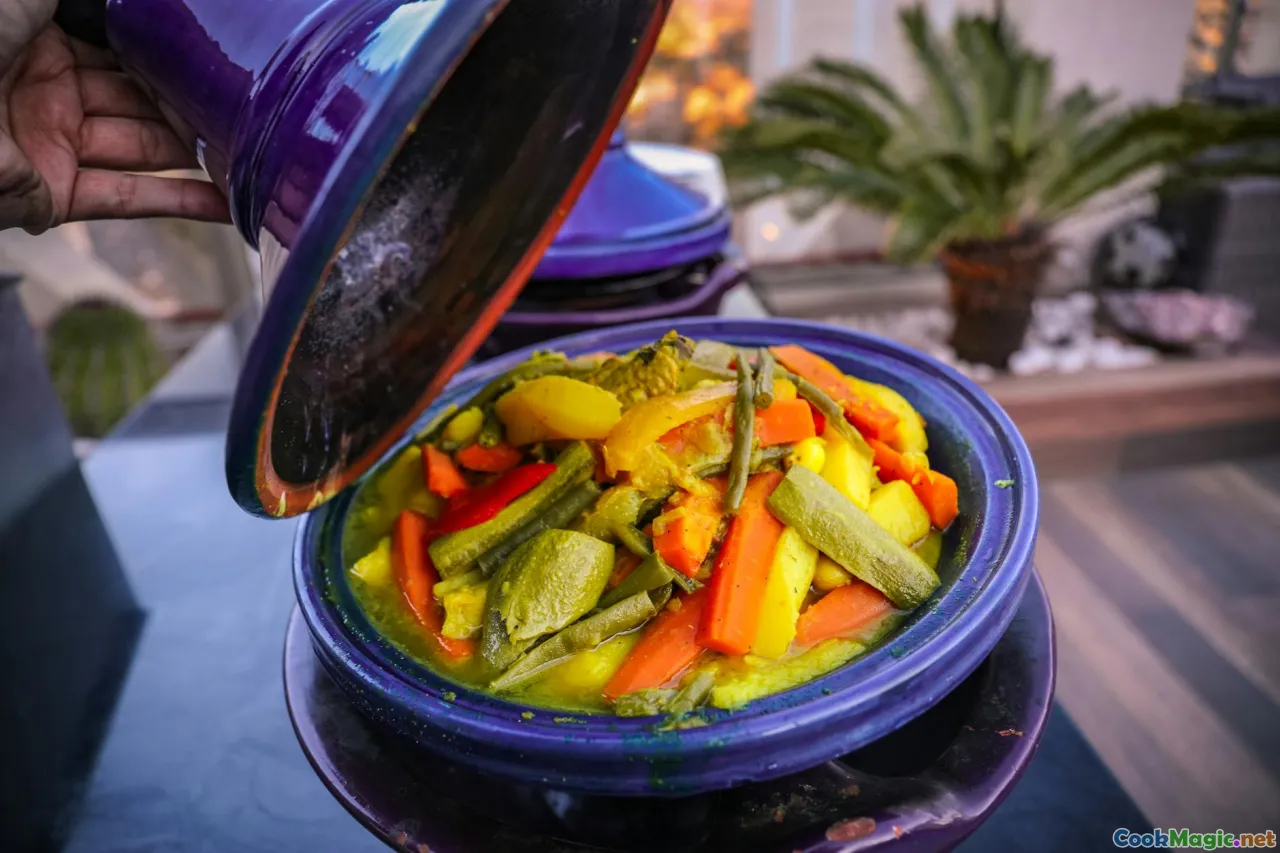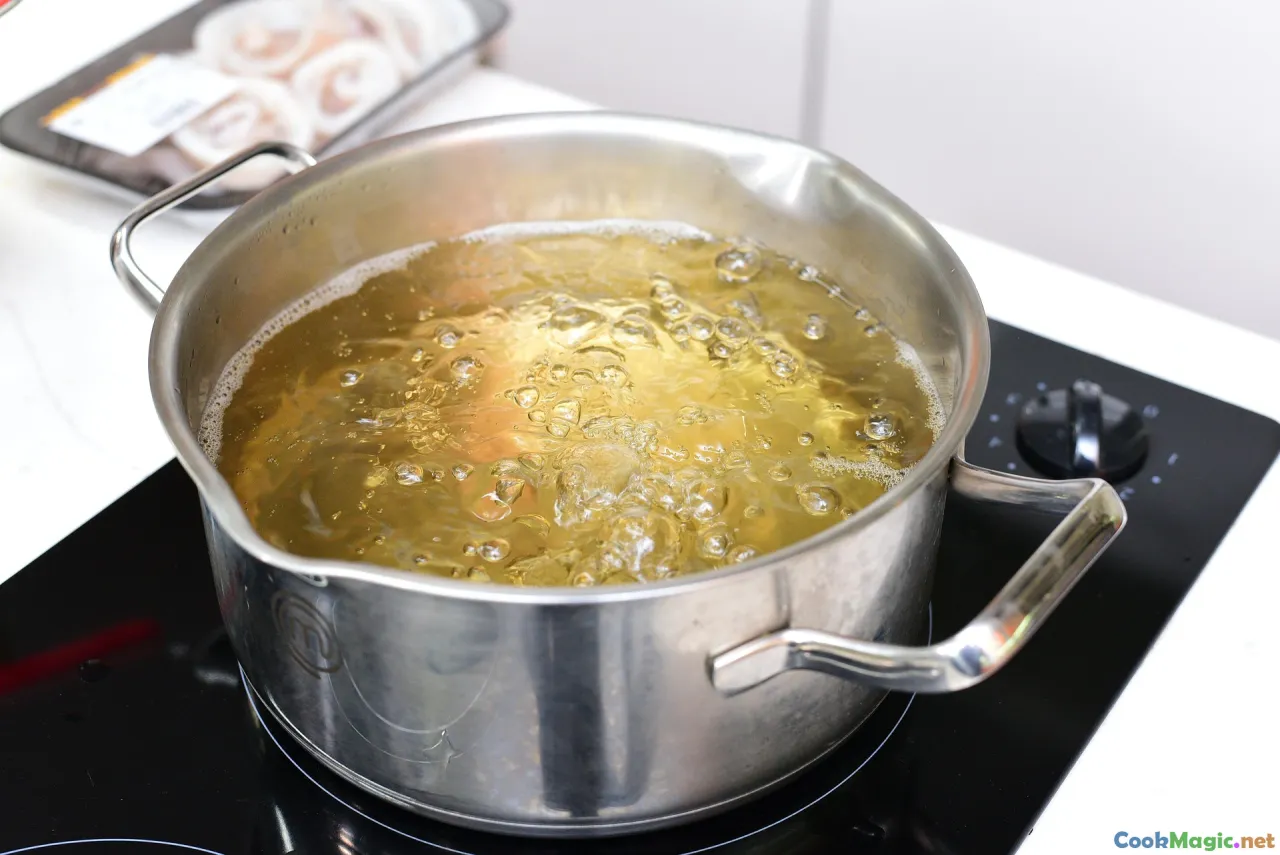Authentic Moroccan Harira Soup for Every Season
9 min read Discover how to prepare authentic Moroccan Harira soup perfect for any season, blending rich flavors and cultural traditions. July 26, 2025 21:05
The Cultural and Historical Tapestry of Harira
Moroccan cuisine is a living mosaic of Berber, Arab, Andalusian, and sub-Saharan influences. Harira’s roots trace back to Moorish Spain, where it originated from a hearty, vegetable-based soup, later evolved in the bustling kitchens of Moroccan riads into the spicy, aromatic dish celebrated today.
Traditionally served to break the fast during Ramadan, Harira embodies communal spirit. During the holy month, families gather around steaming bowls after maghrib prayers, sharing stories and warmth. Beyond Ramadan, it’s a staple of Sunday family meals or special occasions—sometimes crowned with a drizzle of lemon, a sprinkle of fresh cilantro, and tender morsels of dried beans.
Personal anecdote: I remember my first taste of Harira at a riad in Marrakech’s medina. The rich scent of cinnamon and coriander mingled with the earthy smell of lentils and tomatoes, pulling me into a moment of sensory bliss. From that day, I sought to understand its nuances and recreate its soul in my own kitchen.

The Art of Making Authentic Harira
Essential Ingredients and Their Significance
Creating genuine Harira requires more than just ingredients; it demands respect for tradition and an appreciation of taste harmonies.
- Lentils (green or brown): The backbone of the soup, providing a hearty, velvety texture.
- Tomatoes (fresh or canned): Impart a vibrant, tangy base, essential for the tangy depth.
- Chickpeas or fava beans: Contribute creaminess and nutritional richness.
- Onions, celery, parsley, and coriander: Fresh herbs and aromatics that form the fragrant foundation.
- Spices: Cinnamon, ginger, turmeric, black pepper, and a pinch of saffron if available—these swirl together to evoke warmth and complexity.
- Meat (optional): Traditionally, lamb or beef shanks are added, simmered tender, infusing the soup with savory depth.
- Optional dried fruits or preserved lemons: For contrasting sweetness or a zesty punch.
Step-by-Step Guide to Authentic Harira
- Prepare the base: Dice onions, celery, and fresh herbs; sauté in a generous amount of olive oil until translucent and fragrant.
- Build flavor: Add spices—start with cinnamon and ginger, toast briefly to release their aroma.
- Add tomatoes and lentils: Pour in chopped fresh tomatoes or canned puree, cook until the mixture thickens and deepens in color.
- Incorporate beans and meat: Add pre-cooked chickpeas or dried beans, along with browned meat if using. Cover with water or broth.
- Simmer: Let everything cook gently for at least an hour, uncovering to monitor thickness and adjusting liquid as needed.
- Finish with herbs: Add chopped parsley and cilantro just before serving, along with preserved lemon if desired.
- Adjust seasonings: Balance salt, spice, and acidity to taste.
Serve hot, accompanied by Moroccan bread (khobz) or dates for a truly authentic experience.

Regional Variations and Contemporary Twists
While the traditional Harira recipe remains a staple, Morocco’s diverse regions add their unique touches, reflecting local ingredients and tastes.
- Fez and Meknès: Harira here is often richer, with added raisins or dried apricots, lending a subtly sweet twist.
- Rural Berber regions: Incorporate barley instead of lentils and wild herbs for a rustic flavor.
- Urban adaptations: Contemporary chefs experiment with vegetarian versions, substituting meat with smoked paprika, or adding a splash of harissa for heat.
A noteworthy variation is found in Marrakech, where some homes garnish the soup with a drizzle of honey and a dash of cinnamon, elevating its taste to new sensory heights.
Personal insights on regional adaptations
I once visited a homestead near Chefchaouen where Harira was made with preserved lemon, a touch of cinnamon, and a splash of orange blossom water, transforming it into a fragrant, soul-nurturing dish that transcended traditional boundaries.

Seasonality and Serving Tips
**Winter:**Serve Harira steaming hot, topped with a handful of fresh cilantro and a squeeze of lemon to cut through the richness.**Spring/Summer:**Lighten the soup by reducing the oil, or serve chilled as a refreshing broth infused with herbs and citrus zest.Autumn: Enrich the ingredients with dried fruits and nuts, embracing the harvest flavors.
How to make Harira suitable for every season
- Adjust the spices and herbs: Use fragrant coriander and mint for spring and summer, warm cinnamon and clove for winter.
- Modify the consistency: Thinner in hotter months for a refreshing vibe, heartier during cooler seasons.
- **Incorporate seasonal ingredients:**Peas and fresh herbs in spring, pumpkin or squash in autumn.Serving suggestions: Pair your Harira with warm Moroccan bread, a side of stuffed olives, or a handful of dates. A drizzle of good quality olive oil or a crumb of preserved lemon elevates each bowl.

Tips for Making the Perfect Year-Round Harira
- Use quality ingredients: Fresh herbs, ripe tomatoes, and good-quality meat or vegetarian alternatives make a world of difference.
- Patience is key: Slow simmering allows flavors to meld beautifully.
- Balance the spices: Start with less; you can always add more to suit your palate.
- Practice variations: Don’t be afraid to experiment with textures and ingredients, respecting the tradition but adding your personal touch.
This dish thrives on layered flavors, inviting you to savor the journey of each spoonful—a reflection of Morocco's rich culinary heritage.

In crafting your own bowl of Harira, you participate in a centuries-old tapestry woven with history, culture, and heartfelt hospitality. Whether served for a festive Eid celebration or a simple weekday meal, every spoonful promises warmth, connection, and a touch of Morocco’s timeless soul. So gather your ingredients, embrace the process, and let your kitchen become a Moroccan riad, where flavors dance and stories are shared over bowls of this authentic, versatile soup.
Bon appétit, or as Moroccans say, "Besseha!"









